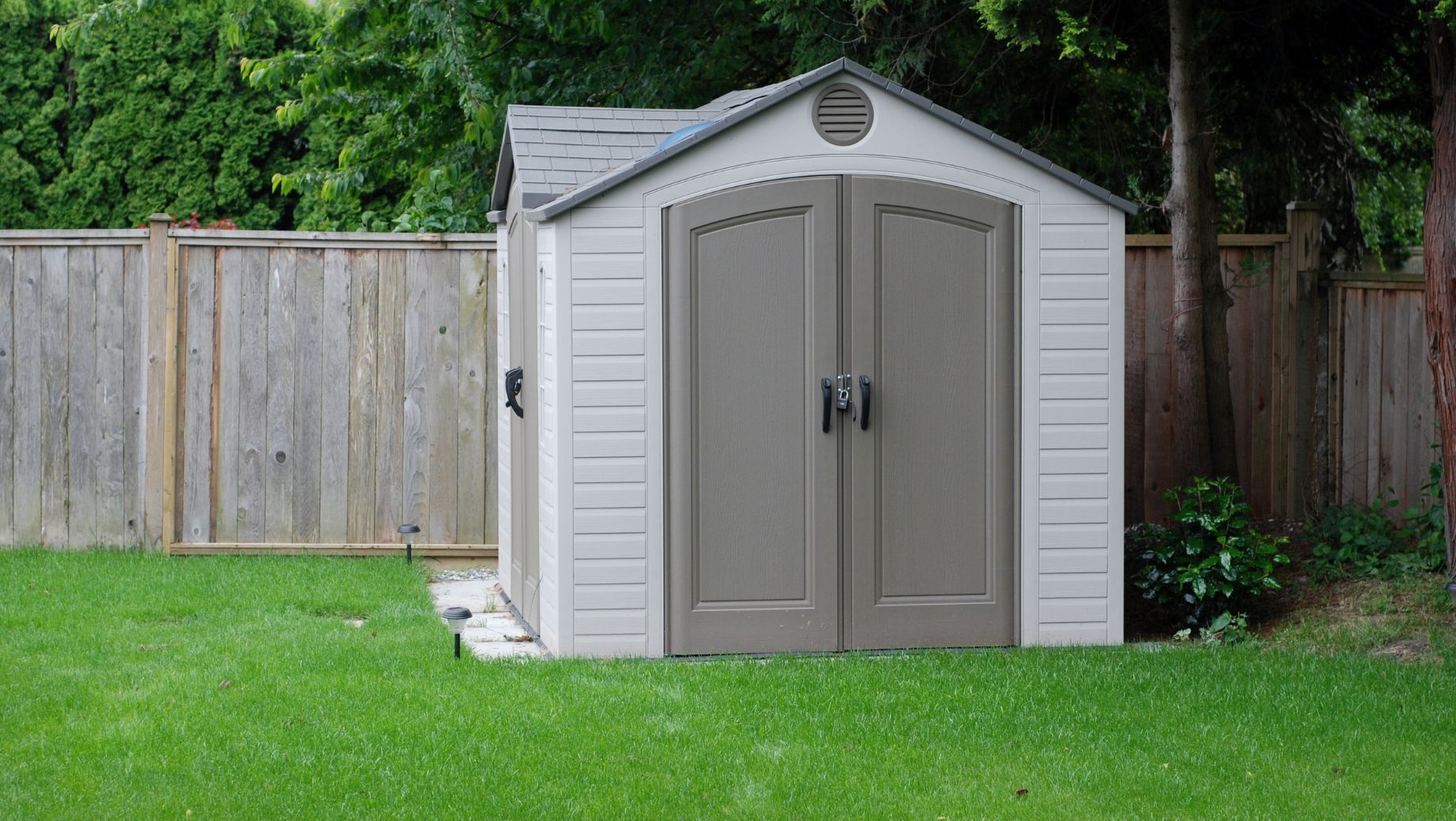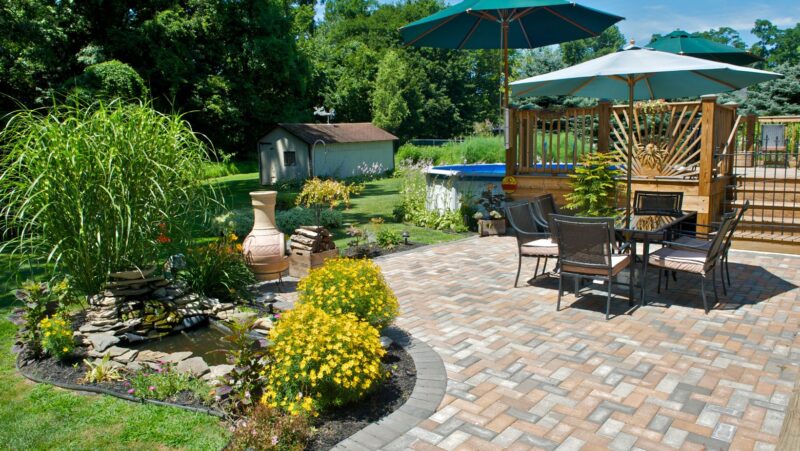
Building a shed in your backyard can be a rewarding project that not only enhances your outdoor space but also provides you with ample storage. Whether you’re considering installing a plastic shed for its durability and ease of maintenance or leaning towards the robustness of a metal shed, there are key steps to follow to ensure your build is successful. I’ve learned that having an organized outdoor storage cabinet can make all the difference in keeping garden tools and equipment neatly tucked away.
Cedar fireplace mantels offer a natural and rustic touch to any living space. The warm and inviting aroma of cedar adds to the cozy ambiance of a fireplace, while the durability and strength of the wood ensure longevity and stability. The unique texture and grain patterns of cedar also make each mantel a one-of-a-kind work of art, adding character and personality to your home decor. Whether you prefer a sleek and modern design or a more traditional and classic look, cedar fireplace mantels are a versatile and stylish choice that will enhance the beauty and functionality of your fireplace.
Planning Your Shed
Assessing Your Needs
When it’s time to add a shed to your backyard, the first step is to consider what you will use it for. Whether you’re looking at installing a plastic shed for garden tools, envisioning an outdoor storage cabinet for pool supplies, or planning a space for DIY projects, understanding your needs is crucial. Here are some points to ponder:
- The purpose of the shed: Will it be for storage, a workshop, or maybe a greenhouse?
- Types of items you’ll store: Seasonal decor may need less space than woodworking equipment.
- Frequency of access: Daily usage might require a more convenient location.
These considerations will not only influence the size but also the type of shed—be it plastic, metal, or wood—that best suits your lifestyle.
Determining the Size and Location
Once you’ve nailed down what goes inside your shed, estimating how much space you’ll need is next on the agenda. A compact plastic shed could suffice for minimal storage while larger items might necessitate a more spacious metal shed. Take stock of these factors:
- Anticipated contents and their dimensions
- Additional room for future acquisitions
- Ease of movement within the space
Location-wise, think about:
- Proximity to power sources if needed
- Accessibility from home and garden areas
- Impact on overall yard aesthetics and functionality
Remember that sunlight exposure can affect both plastic sheds and outdoor storage cabinets by causing them to fade over time.
Checking Local Building Codes and Regulations
Before breaking ground or assembling panels for your new backyard addition, checking local building codes is essential. Rules vary by area but typically address aspects like:
- Shed size limitations.
- Required distance from property lines.
- Foundation requirements.
For instance:
| Jurisdiction | Max Shed Size | Setback From Property Line |
| City A | 120 sq ft | 3 feet |
| City B | 200 sq ft | 5 feet |
Don’t forget permits! Sometimes even installing something as simple as an outdoor storage cabinet against your house wall may need approval. It’s always better to be safe than sorry when dealing with regulations—it keeps neighbors happy and avoids potential fines.
By taking these steps in planning your backyard shed—assessing needs meticulously, determining size and location thoughtfully, and adhering strictly to local codes—you’re laying down solid groundwork for successful project completion. Whether opting for an easy-to-maintain plastic shed or sturdy metal one, thoughtful preparation ensures that this new structure meets all expectations without any regulatory hiccups along the way.
Choosing the Design and Materials
Selecting a Design Style
When I’m thinking about installing a plastic shed or any other type of backyard structure, the first step is always selecting the right design style. This choice should align with both my functional needs and aesthetic preferences. For instance, will this be a simple outdoor storage cabinet to house garden tools, or do I want something that complements my home’s architecture? Here are some design styles to consider:
- Traditional: Often resembling a small barn or cottage, these sheds can add charm to your yard.
- Modern: With clean lines and minimalist look, it fits well in contemporary settings.
- Rustic: Perfect for those who love a country feel; think wood materials and earthy tones.
While choosing the design style it’s essential to think ahead about what you’ll be storing inside and how much space you’ll need.
Deciding on the Material
The material you choose for your shed impacts not only its appearance but also its durability and maintenance requirements. Let’s look at three popular options:
- Plastic Shed: Known for being low-maintenance, lightweight, and resistant to rot or rust.
- Metal Shed: Sturdy with high durability; however, it can be prone to rust if not properly treated.
- Wooden Shed: Offers natural beauty but requires regular maintenance to prevent decay.

Each material has pros and cons so weigh them carefully against your climate conditions and how much time you’re willing to dedicate to maintenance.
Gathering the Necessary Tools and Equipment
Before diving into building your dream shed, make sure you have all the necessary tools and equipment at hand. Depending on whether it’s a plastic shed kit or raw materials like timber for a wooden shed, different tools will be required. You’ll commonly need:
- Tape measure
- Hammer
- Drill with various bits
- Saw (hand saw or power saw depending on preference)
- Level
- Safety glasses
- Gloves
And don’t forget personal protective equipment! Safety should always come first when tackling construction projects like installing a metal shed or an outdoor storage cabinet. It’s also wise to check if additional equipment like ladders might be needed based on your chosen design’s height.
By thoroughly planning out each of these aspects – from pinpointing exactly what kind of backyard oasis I envision under ‘Selecting a Design Style’, weighing longevity against effort in ‘Deciding on the Material’, down to ensuring every tool is ready under ‘Gathering the Necessary Tools and Equipment’ – I set myself up for success in creating not just any shed but one that meets all my needs while looking great too.
Adding Doors, Windows, and Ventilation
Choosing the Right Doors and Windows
When installing a plastic shed or adding a new one to your outdoor space, selecting the appropriate doors and windows is crucial for both aesthetics and functionality. For durability against the elements, I often recommend vinyl or fiberglass options. They withstand weather changes well and require minimal maintenance. metal shed options can also benefit from these materials as they complement their sturdy construction.
- Size matters: Ensure doors are wide enough for equipment access.
- Style counts: Pick windows that match your shed’s design.
- Security is key: Look for lockable door options for added safety.

Consider energy-efficient double-glazed windows to minimize heat loss if you’re in a colder climate. And don’t forget about natural light; larger windows can help reduce the need for artificial lighting during daytime hours.
Installing Doors and Windows
Installation is a step where precision can’t be overlooked—especially with plastic sheds where altering the frame isn’t as simple as with wooden structures. Here’s my methodical approach:
- Measure twice: Accurate measurements prevent gaps that could let in water or pests.
- Seal it tight: Use caulk around window frames to ensure there are no leaks.
- Hinges matter: For doors, heavy-duty hinges will support weight without sagging over time.
While installing on an outdoor storage cabinet may seem less complex than on a full-sized shed, it’s still important to ensure everything aligns perfectly to avoid issues with opening and closing doors or windows.
Adding Ventilation Vents
Ventilation plays a pivotal role in maintaining air quality inside your shed. Without proper vents, condensation can build up leading to mold growth—a big no-no for any storage space!
Here are some tips:
- Install at least two vents: One high and one low on opposite walls for cross ventilation.
- Consider louvred vents: They allow air flow while keeping out rain and pests.
By strategically placing vents under eaves or along ridges of metal sheds, you’ll promote airflow without compromising security or weather resistance.
Adding functional doors, robust windows, and effective ventilation not only maximizes the usability of your outdoor plastic shed but also prolongs its lifespan by preventing dampness-related damages through proper airflow management within the structure—key factors that transform mere storage solutions into reliable backyard havens!










